Mohapatra P. (ed.), Krishnamurthy S.V. (ed.)0387226907
Table of contents :
Team DDU……Page 1
Contents……Page 6
List of Figures……Page 12
List of Tables……Page 18
Contributing Authors……Page 20
Preface……Page 22
Acknowledgments……Page 24
1.1. Introduction and Definitions……Page 26
1.1.1 Wireless Evolution……Page 28
1.1.2 Ad hoc Networks Characteristics……Page 29
1.1.3 Wireless Network Taxonomy……Page 30
1.2. Ad Hoc Network Applications……Page 31
1.2.1 The Battlefield……Page 32
1.2.2 The Urban and Campus Grids: a case for opportunistic ad hoc networking……Page 35
1.3.1 Cross Layer Interaction……Page 37
1.3.2 Mobility and Scaling……Page 38
1.4. Evaluating Ad Hoc Network Protocols – the Case for a Testbed……Page 40
1.5. Overview of the Chapters in this Book……Page 42
1.6. Conclusions……Page 46
References……Page 47
2 Collision Avoidance Procotols……Page 48
2.1. Performance of collision avoidance protocols……Page 50
2.1.1 Approximate Analysis……Page 51
2.1.2 Numerical Results……Page 60
2.1.3 Simulation Results……Page 64
2.2. Framework and Mechanisms for Fair Access in IEEE 802.11……Page 69
2.2.1 The Fairness Framework……Page 71
2.2.2 Topology-Aware Fair Access……Page 73
2.2.3 Simulation Results……Page 79
2.3. Conclusion……Page 83
References……Page 85
3.1. Introduction……Page 88
3.2. Flooding……Page 90
3.2.1 Efficient Flooding Techniques……Page 91
3.3. Proactive Routing……Page 93
3.3.1 Distance Vector Protocols……Page 94
3.3.2 Link State Protocols……Page 95
3.3.3 Performance of Proactive Protocols……Page 96
3.4.1 Protocols for On-Demand Routing……Page 97
3.4.2 Optimizations for On-demand Routing……Page 100
3.5. Proactive Versus On-demand Debate……Page 102
3.5.1 Hybrid Approaches……Page 104
3.6. Location-based Routing……Page 105
3.6.1 Location-based Routing Protocols……Page 106
3.7. Concluding Remarks……Page 109
References……Page 111
4.1. Introduction……Page 116
4.2.1 Dealing with Group Dynamics……Page 119
4.2.2 Dealing with Network Dynamics……Page 120
4.3. Multicasting Protocols……Page 121
4.3.1 Multicast operations of AODV (MAODV)……Page 122
4.3.2 Reliance on More Nodes……Page 124
4.3.3 Reliance on Backbone Structure……Page 128
4.3.4 Stateless Multicasting……Page 130
4.3.5 Overlay Multicasting……Page 131
4.3.7 Gossip-Based Multicasting……Page 133
4.4. Broadcasting……Page 134
4.5.1 Network Size……Page 137
4.5.2 Network Mobility……Page 138
4.6.1 Energy Efficiency……Page 139
4.6.2 Reliable Multicasting……Page 140
4.6.3 QoS-AwareMulticasting……Page 142
4.6.4 Secure Multicasting……Page 143
References……Page 144
5 Transport Layer Protocols in Ad Hoc Networks……Page 148
5.1. Introduction……Page 149
5.2. TCP and Ad-hoc Networks……Page 150
5.2.1 TCP Background……Page 151
5.2.2 Window-based Transmissions……Page 152
5.2.3 Slow Start……Page 154
5.2.4 Loss-based Congestion Indication……Page 156
5.2.6 Dependence on ACKs and Retransmission Timeouts……Page 157
5.2.7 Absolute Impact of Losses……Page 159
5.3. Transport Layer for Ad-hoc Networks: Overview……Page 160
5.4. Modified TCP……Page 162
5.5. TCP-aware Cross-layered Solutions……Page 165
5.6. Ad-hoc Transport Protocol……Page 171
5.7. Summary……Page 175
References……Page 176
6 Energy Conservation……Page 178
6.1.1 Point-to-Point Communication……Page 180
6.1.3 Idle Devices……Page 182
6.2.1 Power Control……Page 183
6.2.2 Topology Control……Page 186
6.2.3 Energy-Aware Routing……Page 197
6.3.1 Communication Device Suspension……Page 201
6.3.2 Power Management……Page 211
References……Page 215
7.1. Introduction……Page 222
7.2. Smart Antenna Basics and Models……Page 223
7.2.1 Antennas in Brief……Page 224
7.2.2 Important Antenna Parameters……Page 225
7.3. Medium Access Control with Directional Antennas……Page 226
7.3.1 The IEEE 802.11 MAC Protocol in Brief……Page 227
7.3.2 Directional Transmissions and the IEEE 802.11 MAC protocol……Page 228
7.3.3 Directional Medium Access Control with Omni-Directional Receptions……Page 229
7.3.4 Adding directional receptions: Directional Virtual Carrier Sensing……Page 231
7.3.5 The impact of increased directional range……Page 233
7.3.6 The Multi-hop RTS MAC Protocol (MMAC)……Page 235
7.3.7 Dealing with Deafness: The Circular RTS message……Page 238
7.3.8 Other Collision Avoidance MAC Protocols……Page 239
7.3.9 Scheduled Medium Access Control……Page 240
7.4.1 On Demand Routing Using Directional Antennas……Page 242
7.4.2 The Impact of Directional Range on Routing……Page 243
7.4.3 A Joint MAC/Routing Approach……Page 246
7.5. Broadcast with Directional Antennas……Page 247
7.5.1 Performance Issues in Broadcasting……Page 248
7.5.2 Broadcast schemes with directional antennas……Page 249
References……Page 251
8.1. Introduction……Page 254
8.3. Physical Layer……Page 257
8.3.2 Receiver-Based Auto Rate (RBAR)……Page 258
8.4.2 802.11 Point Coordination Function (PCF)……Page 259
8.4.3 The QoS Extension: 802.11e……Page 261
8.4.4 QoS Support using DCF based Service Differentiation……Page 263
8.5. QoS Routing……Page 264
8.5.1 Core Extraction based Distributed Ad-hoc Routing (CEDAR)……Page 265
8.5.2 Ticket based routing……Page 266
8.7. Inter-Layer Design Approaches……Page 267
8.7.2 Cross-Layer Design for Data Accessibility……Page 268
8.8. Conclusion……Page 269
References……Page 271
9.1. Vulnerabilities of Mobile Ad Hoc Networks……Page 274
9.2. Potential Attacks……Page 276
9.3.1 Key and Trust Management: Preventing External Attacks……Page 278
9.3.2 Secure Routing Protocols: Preventing Internal Attacks……Page 279
9.3.3 Limitations of Prevention Techniques……Page 280
9.4.1 Architecture Overview……Page 281
9.4.2 A Learning-Based Approach……Page 284
9.4.3 Case Study: Anomaly Detection for Ad-Hoc Routing Protocols……Page 286
9.5. Conclusion……Page 289
References……Page 290
Index……Page 294
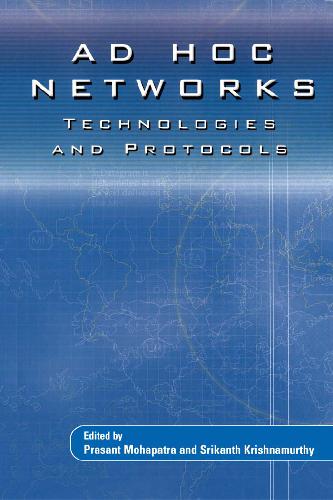


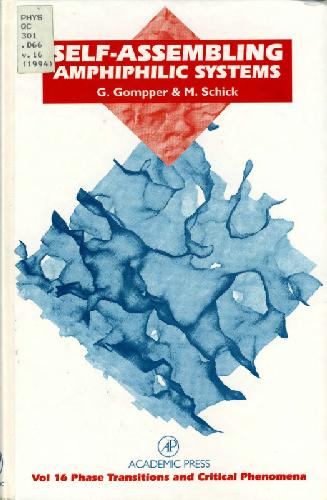
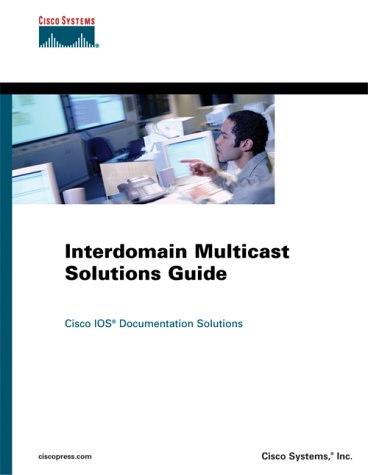
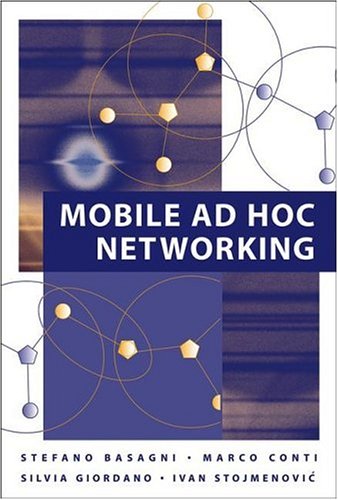
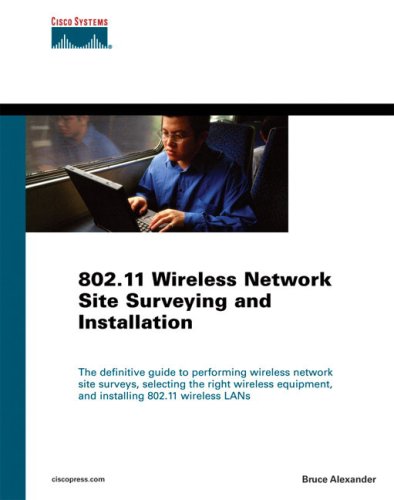
Reviews
There are no reviews yet.